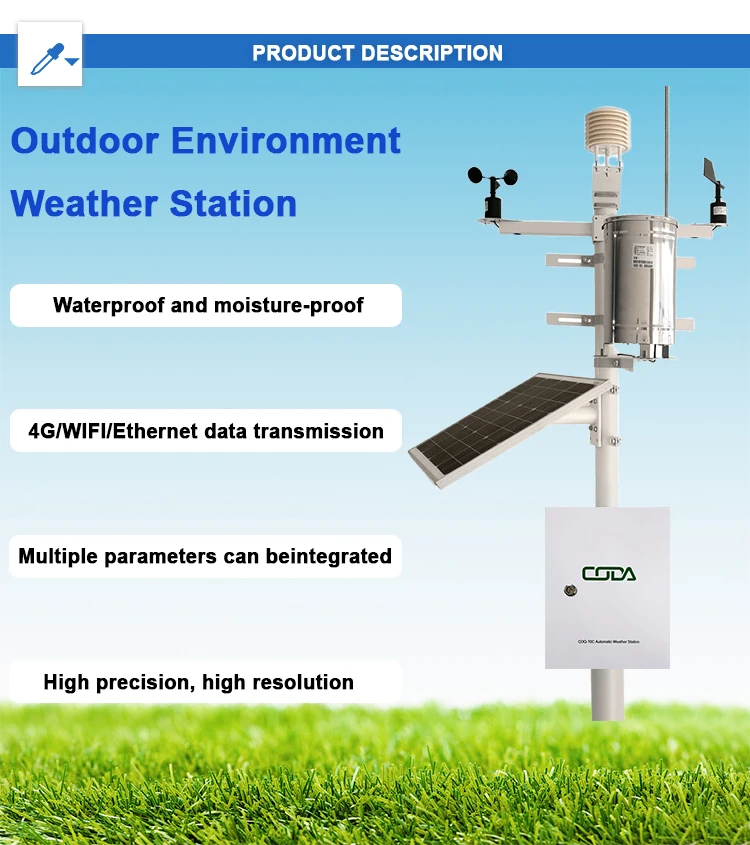Automatic Weather Station: Definition and Functionality

# Automatic Weather Station: Definition and Functionality
## What is an Automatic Weather Station?
An Automatic Weather Station (AWS) is a sophisticated system designed to collect and transmit meteorological data without the need for constant human intervention. These stations are equipped with various sensors that measure atmospheric conditions such as temperature, humidity, wind speed and direction, rainfall, solar radiation, and barometric pressure.
AWS units have become increasingly important in modern meteorology, agriculture, aviation, and environmental monitoring due to their ability to provide continuous, real-time weather data from remote locations.
## Key Components of an Automatic Weather Station
A typical AWS consists of several essential components:
– Sensors: Specialized instruments that measure specific weather parameters
– Data logger: A device that records and stores measurements from the sensors
– Power supply: Usually solar panels with battery backup for continuous operation
– Communication system: Transmits data to central servers via radio, satellite, or cellular networks
– Mounting structure: Supports the equipment and positions sensors at proper heights
## How Automatic Weather Stations Function
The functionality of an AWS can be broken down into several key processes:
1. Data Collection: Sensors continuously monitor environmental conditions at predetermined intervals (often every minute or hour).
2. Data Processing: The data logger converts raw sensor readings into usable meteorological data, applying necessary calibrations and quality checks.
3. Data Transmission: Processed information is sent to central databases or weather networks through various communication methods.
4. Data Dissemination: The collected weather data becomes available to meteorologists, researchers, and the public through websites, apps, or specialized software.
## Applications of Automatic Weather Stations
AWS technology serves numerous important purposes:
– Weather forecasting and climate monitoring
– Agricultural planning and irrigation management
– Aviation weather services
– Hydrological monitoring and flood prediction
– Renewable energy production optimization
– Scientific research and environmental studies
## Advantages of Automatic Weather Stations
Compared to traditional manual weather observation methods, AWS offers significant benefits:
– Continuous operation (24/7 data collection)
– Higher measurement frequency
– Reduced human error
– Ability to operate in remote locations
– Lower long-term operational costs
– Faster data availability for decision-making
As technology advances, automatic weather stations continue to improve in accuracy, reliability, and the range of parameters they can measure, making them indispensable tools in modern meteorology and environmental monitoring.
Keyword: what is automatic weather station
Leave A Comment